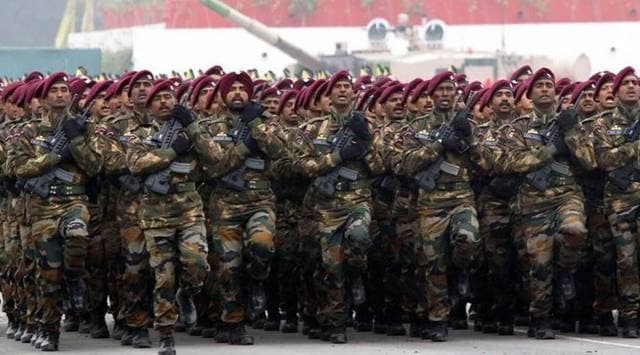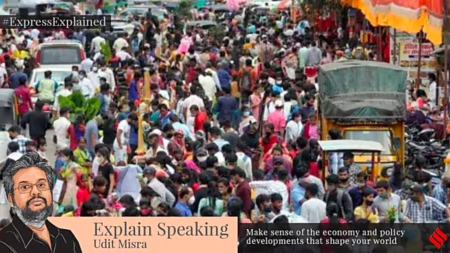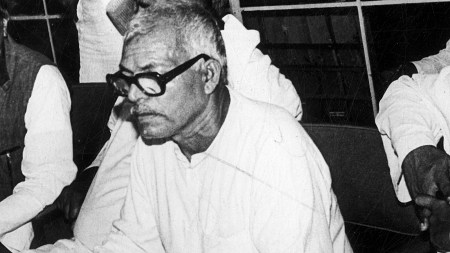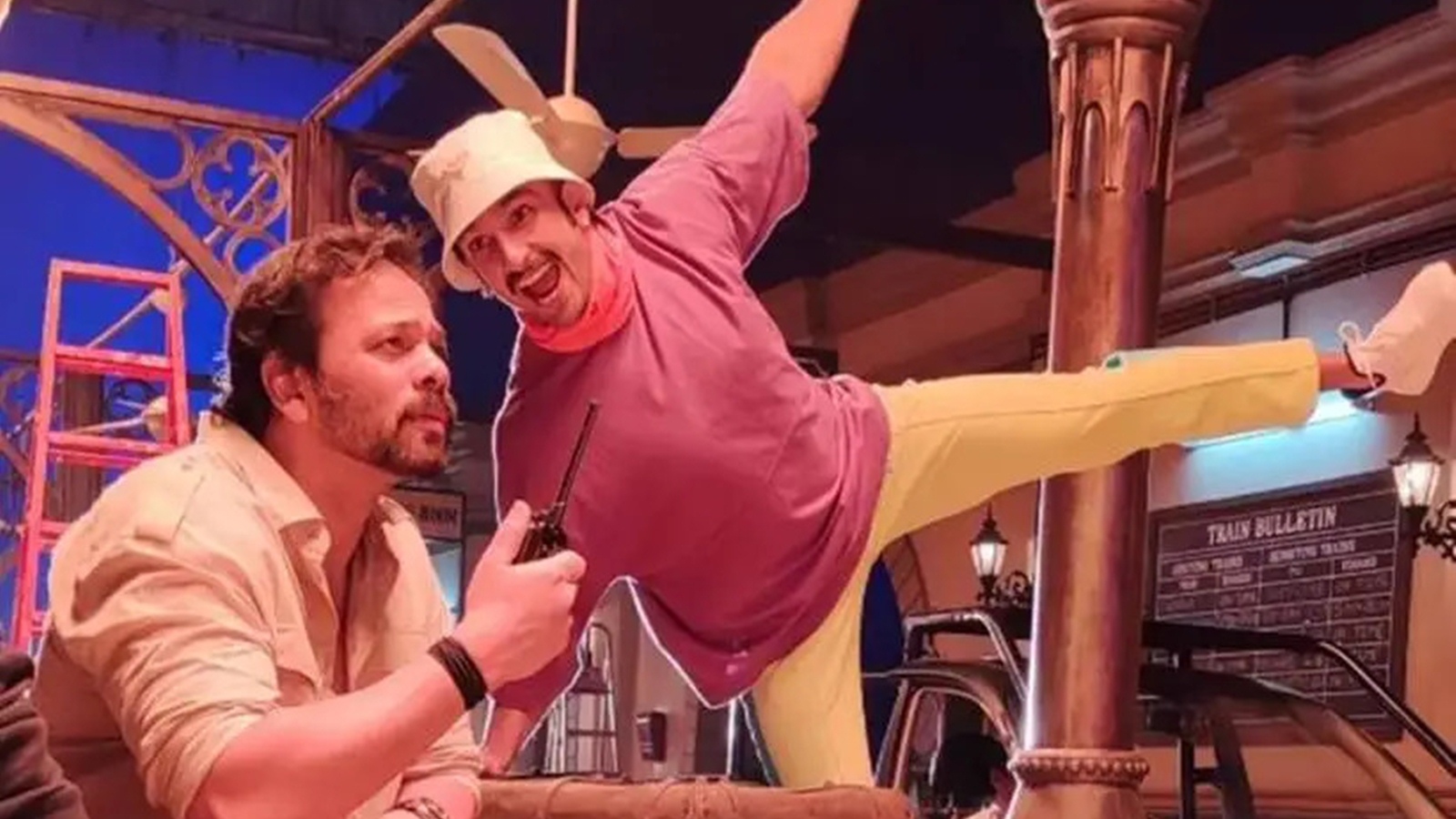The Army is planning to optimize its manpower by bringing in experienced veterans on a contractual basis for training, cross-skilling technical trades, and outsourcing services at its static units. This is aimed at improving the tooth-to-tail ratio, which measures the number of military personnel needed to support a combat soldier.
The plan will be implemented in phases over the next five years, focusing on reducing the “tail” element of every arm of the force. This includes preparing and submitting rightsizing plans for each arm and service, with a final decision based on current manpower shortages.
Due to the pandemic, recruitment has been suspended for two years, resulting in an estimated shortfall of about 1.25 lakh soldiers. The 40,000 vacancies released last year will not be enough to match the annual retirement rate of approximately 60,000 soldiers.
The Army’s rightsizing plans, first recommended in 2016, have gained momentum in recent months to create a leaner force and enhance its combat capabilities in modern warfare.
There are plans to employ veterans in specific military subjects at training institutions on a contractual basis, as well as to outsource administrative services at static units. Discussions are also underway to merge specialist trades and reduce extra-regimental employment.
Furthermore, automation of weapons and equipment phasing out will lead to reduced personnel requirements in certain areas, such as construction and logistics. The implementation of the Government Owned Contractor Operated (GOCO) model will also lead to significant manpower optimization in certain corps.
Downsizing of certain units, such as the Army Postal Corps and the Rashtriya Rifles, is also being considered, with the possibility of reallocating manpower to newer structures such as drone units.
Overall, the Army is considering closing legacy institutions, reorganizing establishments, and outsourcing non-core functions as part of its optimization efforts.











